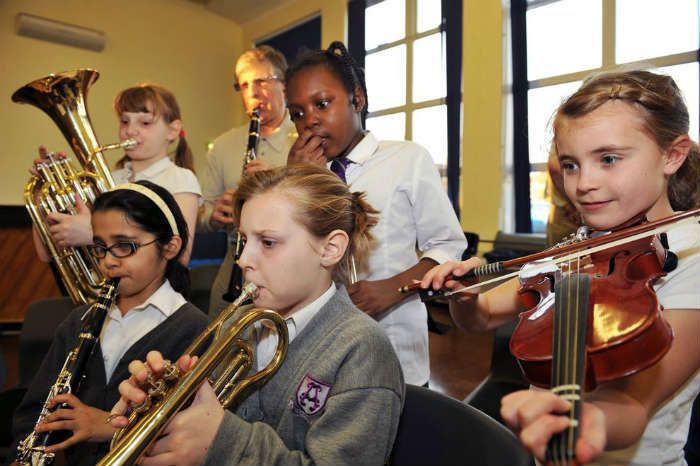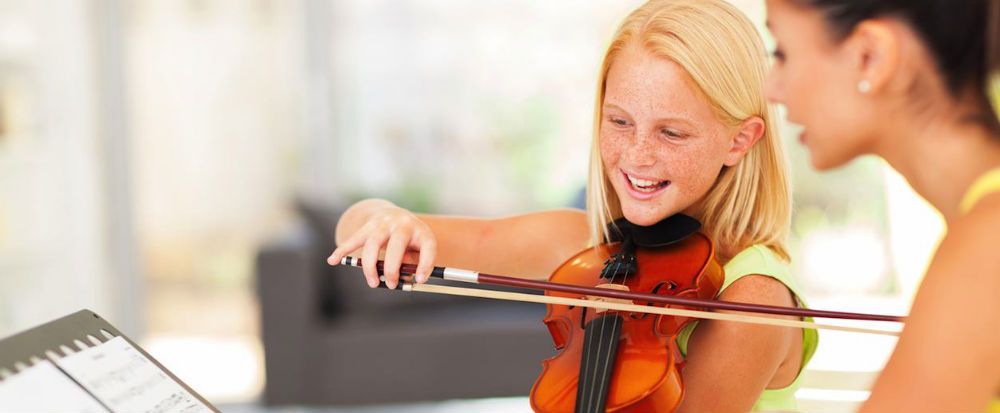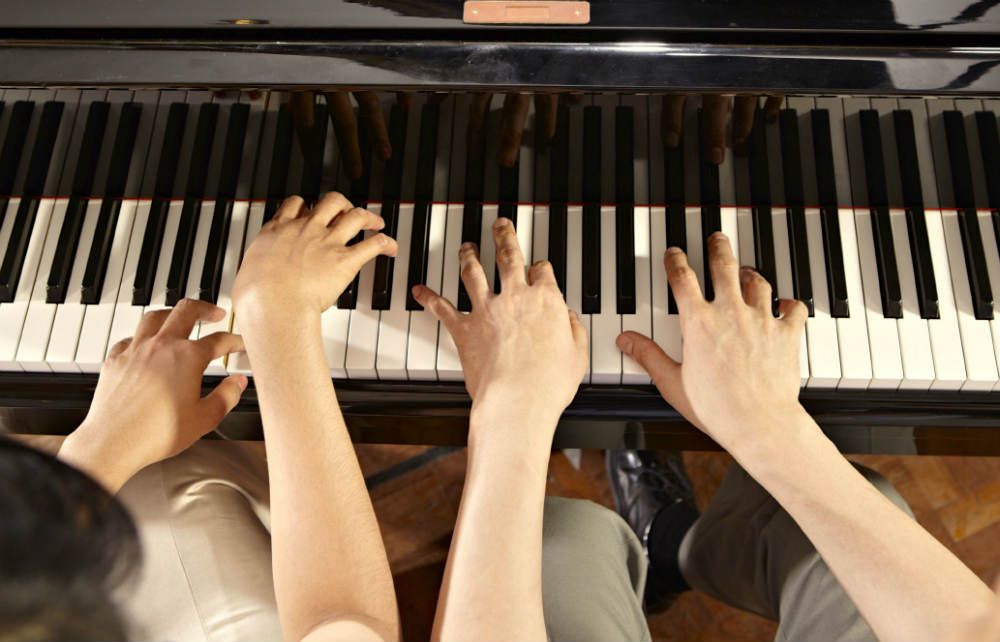Learning to play a musical instrument as a child can be beneficial in so many ways. Those who have a particular talent for music often begin to play at a very young age, either because they are especially inspired by a specific instrument or due to the influence of family members.
The majority of children are likely to come to music somewhat later, and may need some help in deciding what musical instrument to choose. There are several important things to keep in mind before your child makes up their mind about which musical path to pursue.
Dr. Robert Cutietta points out in an article on the subject that while it is certainly a good thing to encourage children to take up an instrument at a very young age, there are special considerations to weigh up if your child is under six. The main one is ensuring that an appropriate instrument is selected which the child will be physically able to play. At this young age, this generally rules out wind instruments, since they require more strength to play and hold.
Instead, he recommends either piano or violin. Violins are easy to obtain in smaller sizes that would suit a child in this age group. The piano provides the child with the chance to play the melody and harmony at the same time, which is greatly beneficial for coordination as well as musical understanding.
Even if it eventually turns out that they decide to abandon the violin or piano at a later date, Cutietta believes there is still a benefit to taking either instrument first. The piano allows an individual to familiarise themselves with a “visual representation of music that is essential to understanding music theory,” while the violin introduces the skill of bowing with the right hand, a technique required for other instruments.
Another factor to be aware of is whether your child actually wants to learn to play an instrument. This might sound obvious and not worth mentioning, but in her advice on helping children choose an instrument, Donna Schwartz, a musician and music teacher, writes that it is surprising how often children tell her that the only reason they are taking music lessons is because their parents want them to. This is not only likely to result in an unwillingness to be fully committed to the instrument, but could also turn the child against music for a long period of time. This does not mean that it is wrong to encourage your child to take up an instrument, but there must be at least some enthusiasm for it on their part.
One way to test out whether this eagerness exists is to expose your child to the musical instrument before making a decision. Some musical instrument sellers, like the Port Huron Music Center in Michigan in the United States, may even let children try out playing them to see if they like the sound it makes or the feeling of holding the instrument. If you’re not able to get your hands on an actual trombone, clarinet or cello, the other option is to find pieces of music where the instrument is featured prominently, or to go to a concert to let your child hear it live.
It’s tempting to focus all your thoughts on the instrument itself and the music it will make, but this fails to take in to account the importance of planning for practice. Doing so will help determine whether it is realistic for your child to find time in their schedule to take up an instrument. On top of the lessons, there will need to be enough time for practicing for around 30 minutes most days so that they get the most out of learning. When planning a practice schedule, it would also be valuable to think about the techniques you could use to motivate your child to practice. for example, Schwartz suggests agreeing to buy a new music book or some other useful item at the end of the month if they practice five days a week.



